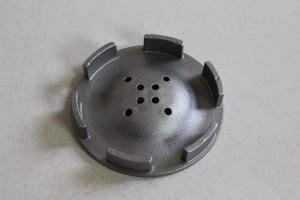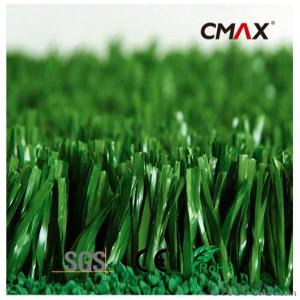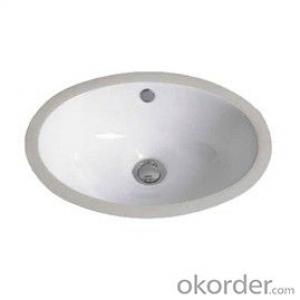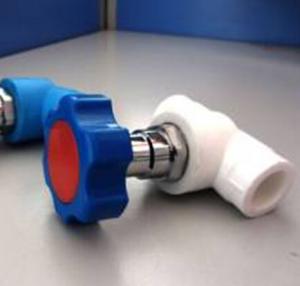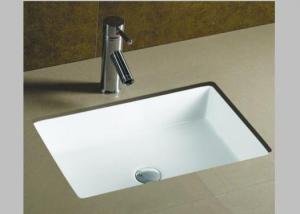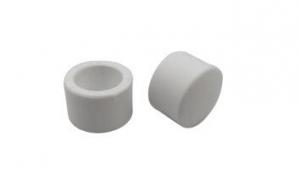Stainless Steel Counter Top
Stainless Steel Counter Top Related Searches
Best Paint For Stainless Steel Blanket Insulation For Steel Buildings Primer For Galvanized Steel Foam Filter For Stainless Steel H S Code For Stainless Steel Surface Grinding Wheels For Stainless Steel Surface Grinding Wheels For Hardened Steel Hole Saw For Stainless Steel Paint For Stainless Steel Stainless Steel For BbqHot Searches
Steel Mesh Panels For Sale Price For Stainless Steel Scrap Scrap Price For Stainless Steel Price For Stainless Steel Stainless Steel Tank For Sale Stainless Steel Sheets For Sale Cheap High Tea Sets For Sale Stainless Steel Tanks For Sale Stainless Steel For Sale High Density Fiberboard For Sale Solar Hot Water Collectors For Sale Scaffolding For Sale In Uae Scaffolding For Sale In Ireland Scaffolding For Sale In Houston Type Of Inverter For Solar Price Of Shipping Containers For Sale Types Of Inverter For Solar Stock Price For Aluminum Used Solar Inverter For Sale Steel Mesh Panels For SaleStainless Steel Counter Top Supplier & Manufacturer from China
Okorder.com is a professional Stainless Steel Counter Top supplier & manufacturer, offers integrated one-stop services including real-time quoting and online cargo tracking. We are funded by CNBM Group, a Fortune 500 enterprise and the largest Stainless Steel Counter Top firm in China.Hot Products
FAQ
- Yes, stainless steel sheets can be used for water tanks. Stainless steel is a popular choice for water tanks due to its corrosion-resistant properties. It is highly resistant to rust and can withstand exposure to water and moisture without deteriorating. Stainless steel is also hygienic, as it does not react with water or leach any harmful substances into it. Additionally, stainless steel tanks are durable and long-lasting, making them a reliable option for storing water. Overall, stainless steel sheets are a suitable material for constructing water tanks, providing a safe and reliable storage solution for water.
- The hardness of stainless steel sheets can vary based on the specific grade and manufacturing process employed. Typically, stainless steel sheets are renowned for their exceptional hardness and strength. In industrial applications, the most commonly utilized grades, such as 304 and 316, exhibit a hardness range of 70-90 HRB (Rockwell hardness B scale) or 150-200 HV (Vickers hardness). However, there are also specialized stainless steel alloys available that can possess even higher degrees of hardness, such as precipitation-hardened grades like 17-4 PH, which can attain hardness levels of 30-40 HRC (Rockwell hardness C scale). To determine the precise hardness of a particular stainless steel sheet, reference to the manufacturer's specifications or performing hardness testing utilizing appropriate methods and equipment is necessary.
- There are several methods for cutting stainless steel sheets, including shearing, laser cutting, waterjet cutting, plasma cutting, and abrasive cutting. Each method has its advantages and is suitable for different applications and thicknesses of stainless steel.
- Yes, stainless steel sheets can be used for outdoor signage. Stainless steel is known for its durability, resistance to corrosion, and ability to withstand harsh weather conditions, making it a suitable material for outdoor applications such as signage. Additionally, stainless steel sheets offer a sleek and modern appearance, making them an attractive option for outdoor signage.
- Perforated stainless steel sheets offer several benefits when it comes to acoustics. Firstly, they provide excellent sound absorption properties. The evenly distributed perforations in the stainless steel sheets help to break up and scatter sound waves, reducing their energy and preventing them from bouncing back into the room. This helps to minimize echo and reverberation, resulting in a more comfortable and intelligible acoustic environment. Additionally, perforated stainless steel sheets can be customized to meet specific acoustic requirements. The size, shape, and pattern of the perforations can be adjusted to achieve different levels of sound absorption. This allows for precise control over the acoustics of a space, making it suitable for a variety of applications such as concert halls, recording studios, theaters, or even office spaces. Furthermore, perforated stainless steel sheets are durable and long-lasting. Stainless steel is known for its corrosion resistance, which means that the sheets can withstand harsh environments without deteriorating over time. This makes them suitable for both indoor and outdoor applications, ensuring a consistent acoustic performance for years to come. Another advantage of using perforated stainless steel sheets is their aesthetic appeal. The perforations can be designed in various patterns and sizes, offering a visually pleasing and modern look. This makes them a popular choice for architectural and design applications, where both acoustics and aesthetics are important. In summary, the benefits of using perforated stainless steel sheets in acoustics include excellent sound absorption properties, customizable options, durability, and an attractive appearance. These qualities make them a versatile and effective solution for improving the acoustic performance of various spaces.
- There is a variety of stainless steel sheets to choose from, each with its own unique properties and uses. Here are some of the most commonly used types: 1. Austenitic stainless steel sheets are widely used due to their excellent corrosion resistance and high ductility. They are non-magnetic and can be easily formed, making them suitable for various applications like kitchen equipment, architectural structures, and automotive components. 2. Ferritic stainless steel sheets have a lower chromium content compared to austenitic stainless steel. They offer good corrosion resistance in specific environments and are often used in applications that require high temperature resistance, such as industrial ovens and exhaust systems. 3. Martensitic stainless steel sheets are known for their high strength and hardness. They are magnetic and provide good corrosion resistance, making them suitable for applications that require both strength and corrosion resistance, like knives, turbine blades, and valve parts. 4. Duplex stainless steel sheets combine the properties of both austenitic and ferritic stainless steels. They have excellent corrosion resistance, high strength, and good weldability. Duplex stainless steel is commonly used in industries such as chemical processing, oil and gas, and marine environments. 5. Precipitation-hardening stainless steel sheets are heat treatable, offering high strength and excellent corrosion resistance. They are commonly used in applications that require a high strength-to-weight ratio, such as aerospace components, springs, and shafts. These examples highlight the variety of stainless steel sheets available. The choice of which type to use depends on specific application requirements, considering factors such as corrosion resistance, strength, formability, and cost.
- To remove adhesive residue from stainless steel sheets, you can use various methods such as applying rubbing alcohol, vinegar, or a commercial adhesive remover. Start by soaking a cloth or paper towel in the chosen solution and gently rubbing the residue until it loosens. If needed, use a plastic scraper or your fingertips to carefully scrape off the remaining adhesive. Once all residue is removed, clean the stainless steel surface with warm soapy water and dry it thoroughly.
- Yes, stainless steel sheets are highly recyclable. Stainless steel is a sustainable and environmentally friendly material that can be recycled indefinitely without losing its properties. The recycling process involves collecting and sorting stainless steel scraps, melting them down, and then reusing the material to create new stainless steel products, including sheets. Recycling stainless steel sheets not only helps conserve natural resources and reduce waste but also saves energy and reduces greenhouse gas emissions associated with the production of new stainless steel.



















